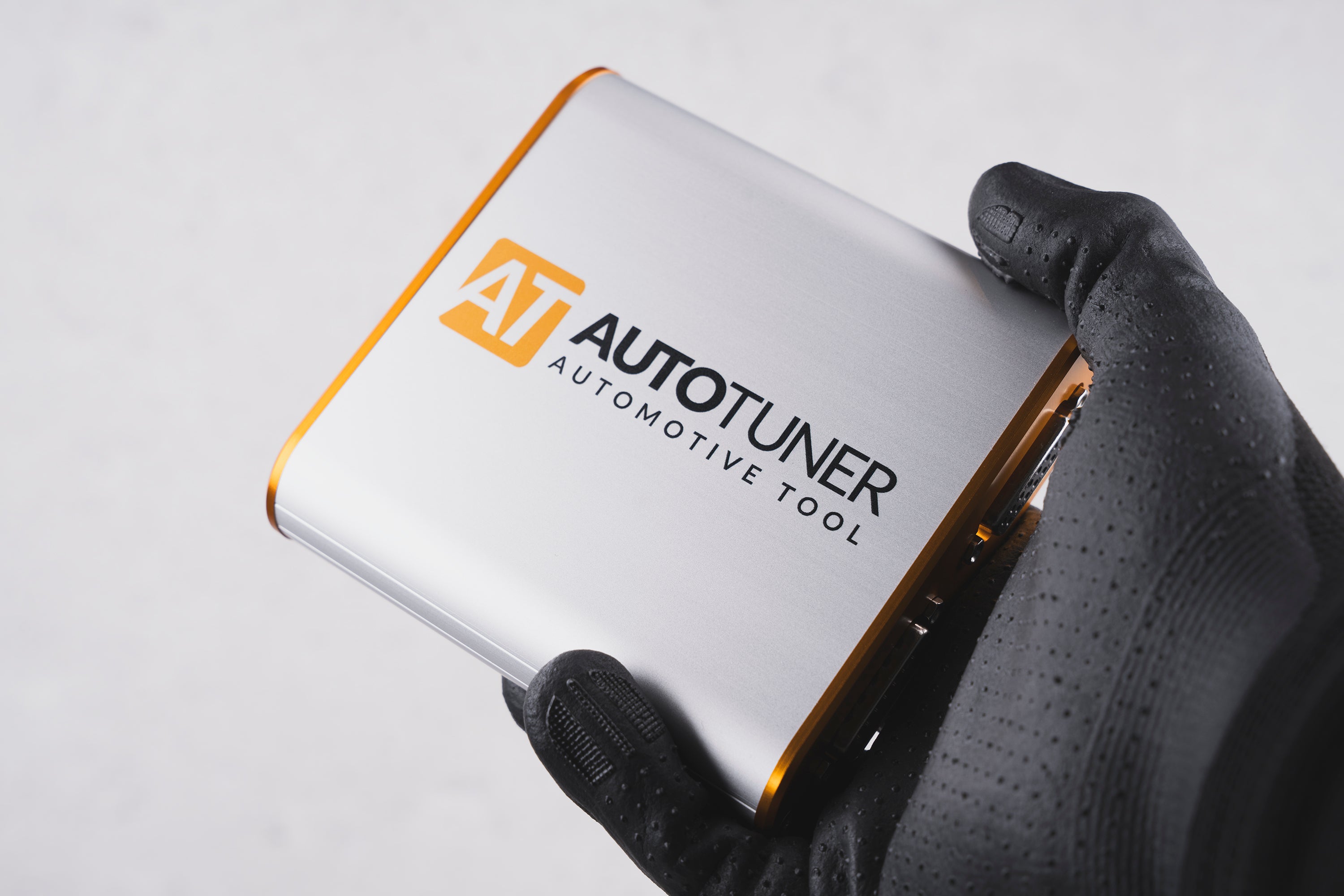Stoichiometry and Lambda Control
An internal combustion engine functions as a large air pump, utilizing fuel to sustain operation and generate power for movement. The key factor in this process is the air-fuel mixture. To maximize fuel efficiency and minimize emissions, the ECU targets the stoichiometric air-fuel ratio (14.7:1 for petrol), where fuel burns completely, and no excess oxygen remains. This ideal state is represented by Lambda = 1.0. The Exhaust Gas Oxygen Sensor (Lambda sensor) continuously measures oxygen levels in the exhaust, allowing the ECU to dynamically adjust fuel delivery, ensuring optimal balance under varying conditions.
Precision Fuel Management with ECUs
Modern engines demand precise fuel and ignition control to meet performance, fuel economy, and emissions requirements. The ECU monitors multiple variables to calculate the ideal air-fuel ratio, including:
-
Engine load and demand
-
Temperature of engine, air, and fuel
-
Fuel quality and pressure
-
Boost pressure or intake manifold pressure
When you accelerate, the ECU adjusts fuel injection to maintain proper combustion. Sensors such as the Mass Air Flow (MAF) sensor and boost pressure sensor (if the engine is turbocharged) measure incoming air and cylinder filling, enabling real-time adjustments to fuel delivery. This dynamic control ensures peak power output when needed while maintaining efficiency during cruising conditions.
In Diesel engines, the air-fuel mixture regulation is particularly important, as this is the main way a Diesel engine’s output power is controlled. Rather than controlling the engine load through a throttle, as in petrol engines, Diesel engines are “throttled” with injection quantity. Although Diesel technically has a stoichiometric air-fuel ratio, this is never actually achieved, since a Diesel engine is controlled through variable air-fuel ratios. These can be between 100:1 at idle and 16:1 at full throttle with turbocharged intake air.
A delicate balance
With today’s stringent emissions regulations, engines mostly run at lambda = 1.0. Some engines even manage to run on lean air-fuel mixtures (lambda > 1.0), which is very efficient but can have some unwanted side effects. One of these would be the higher production of NOx gases through very high combustion temperature. These gases are about 300 times more potent as a greenhouse gas than CO₂. This is why the latest EU6e regulations forbid NOx emissions above 60 mg/km for petrol and 100 mg/km for Diesel engines based on WLTP.
In low to mid-load situations, engines are tuned to run as efficiently as possible, but under heavy loads and full throttle, lambda = 1.0 is not sustainable anymore. With a higher risk of engine knocking or misfires and rising cylinder and exhaust system temperatures, running a rich air-fuel mixture (lambda < 1.0) can mitigate these effects. Pumping excess fuel into the cylinders, which will not be burned, actually absorbs heat and cools down the cylinders and exhaust gases. The extra fuel also creates a more knock-resistant mixture within the combustion chamber, which is very beneficial under high load and high-performance scenarios. The air-fuel ratio for optimal performance can actually be calculated to be 12.6:1, which is lambda = 0.86.
AutoTuner: Unlocking ECU Potential
At AutoTuner, we understand that getting the air-fuel ratio right is a delicate balance, but also one of the most important parameters for efficient and performance-oriented engine tuning. Thanks to tools like AutoTuner, getting access to the data on your ECUs and writing the modified parameters back into the ECU has never been easier, enabling anyone to get into the world of aftermarket ECU modifications and engine reprogramming.





